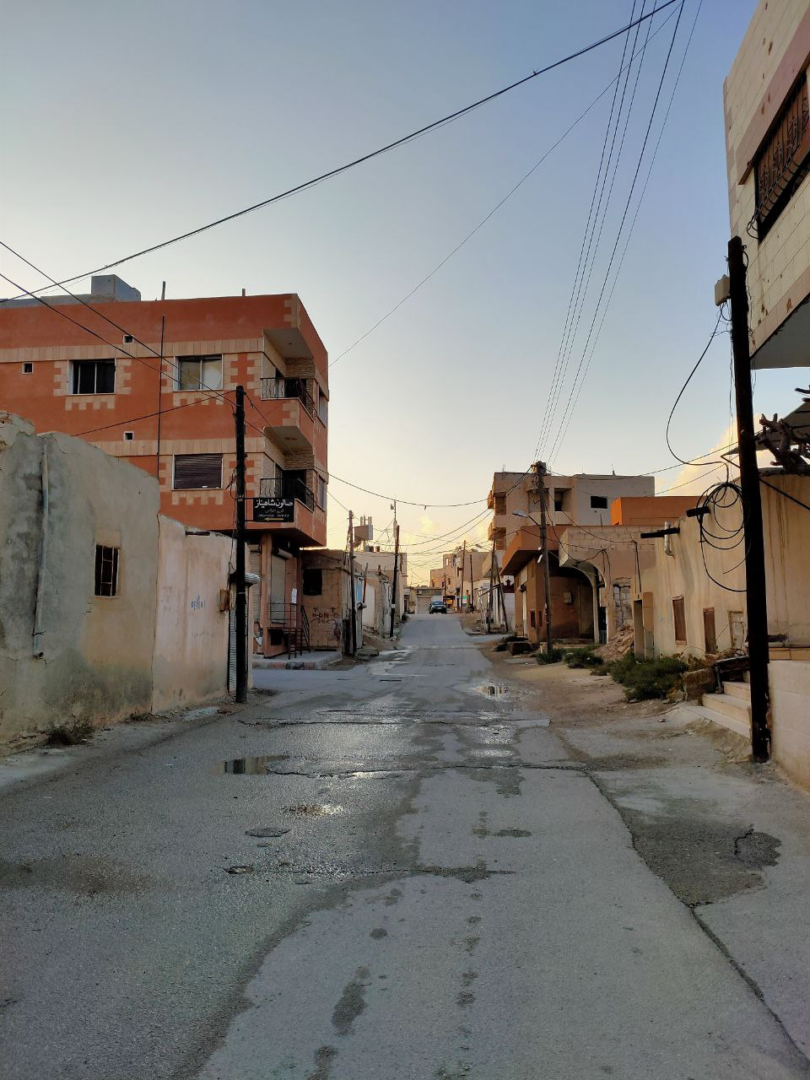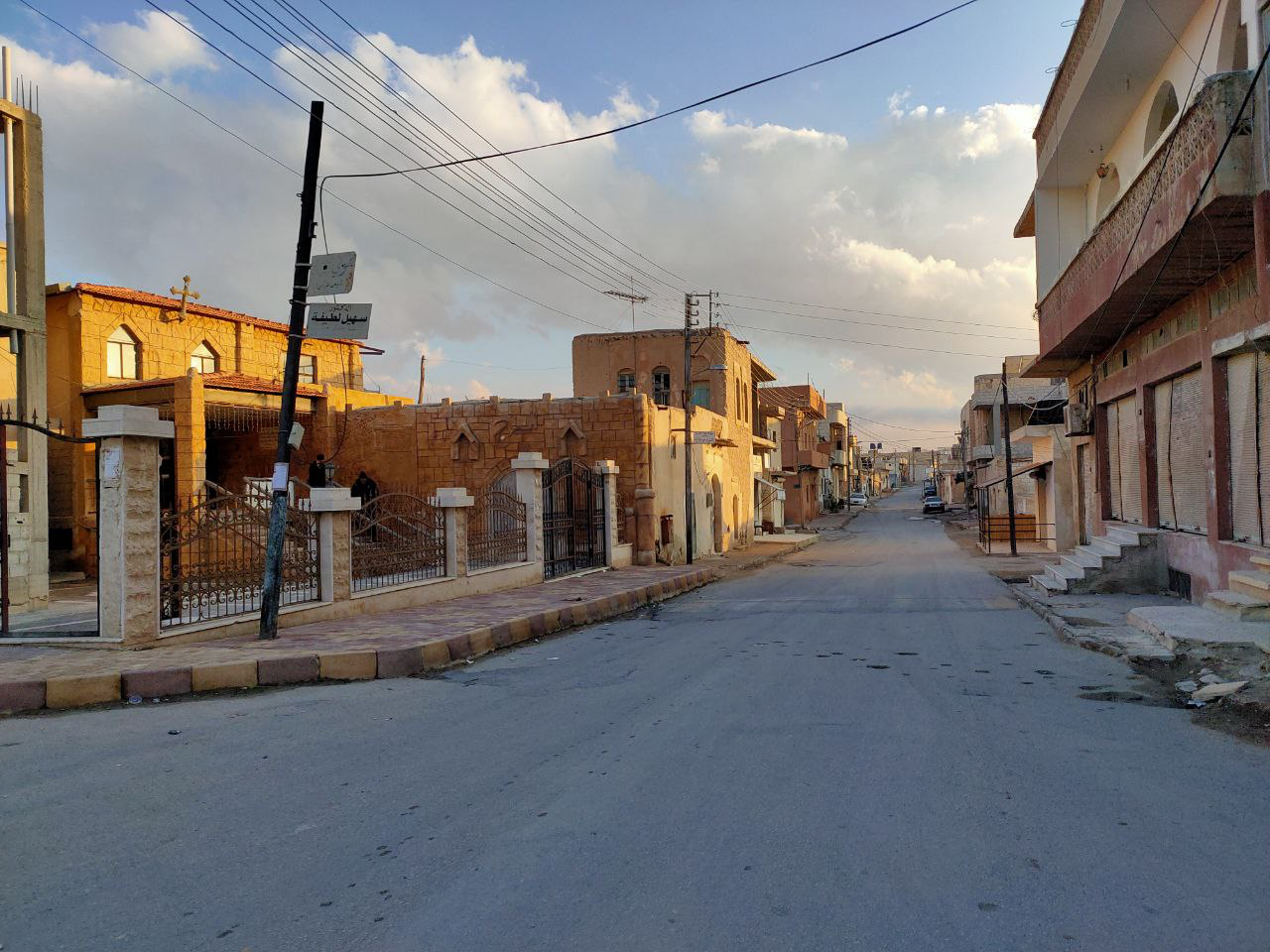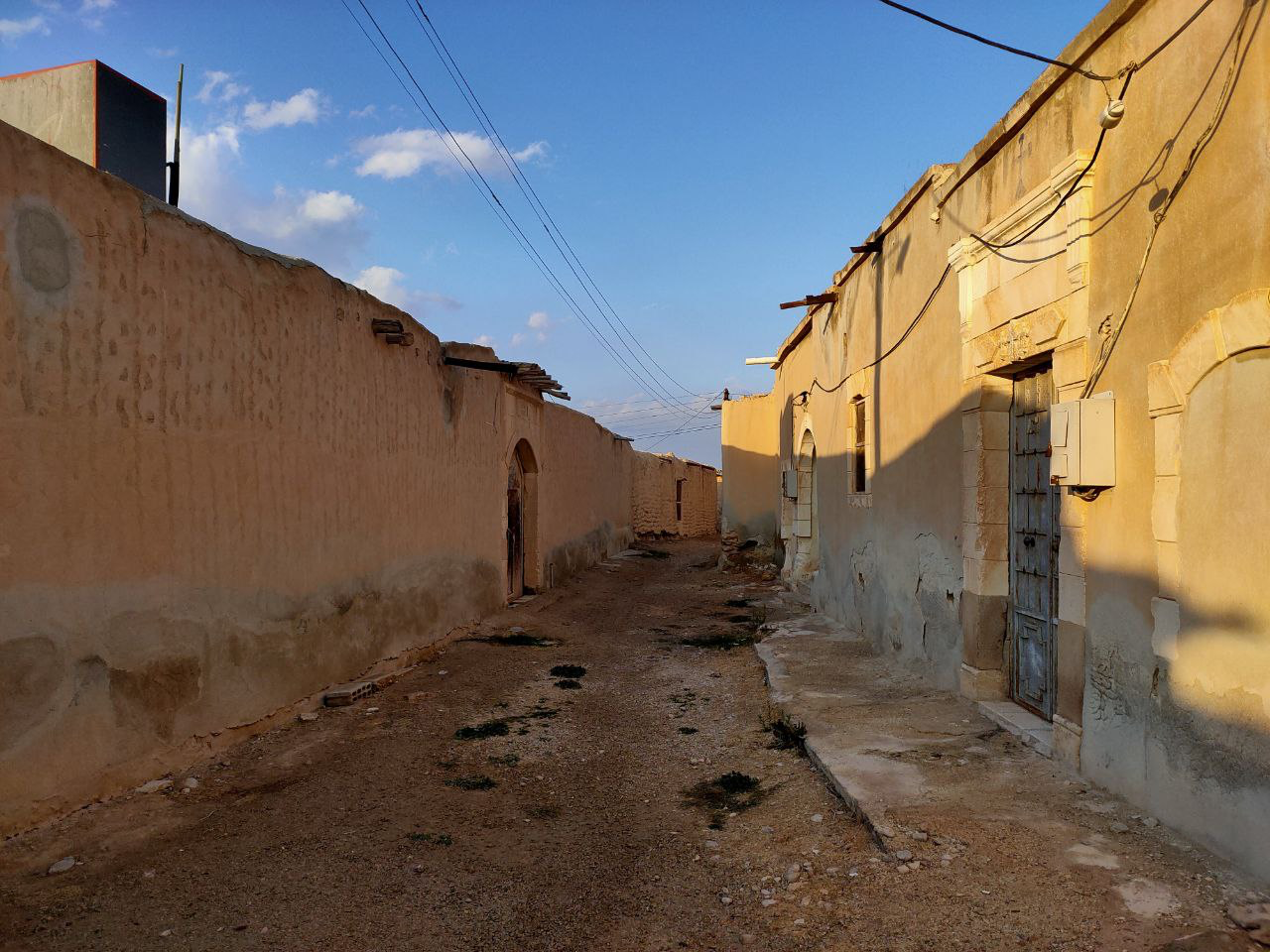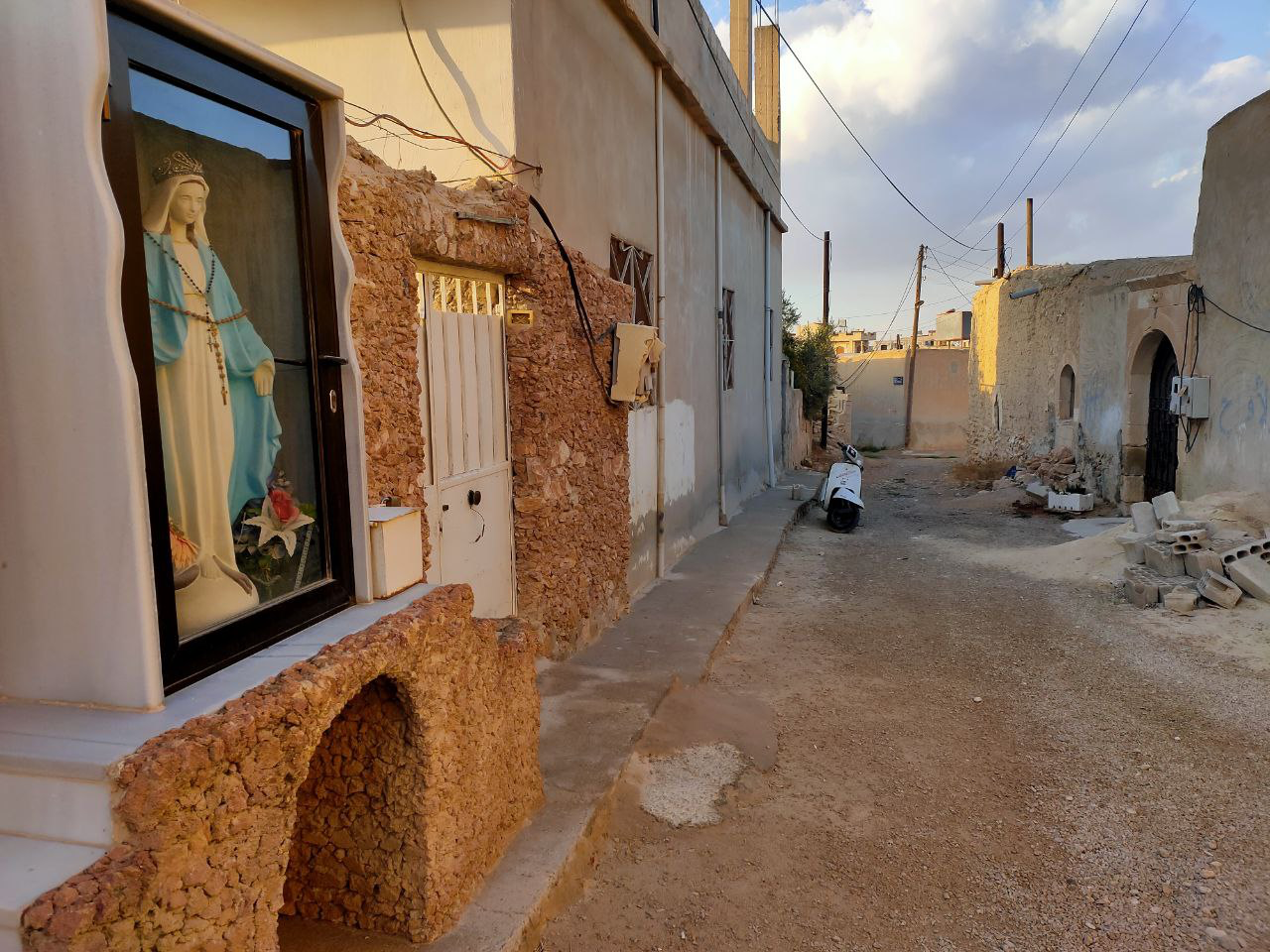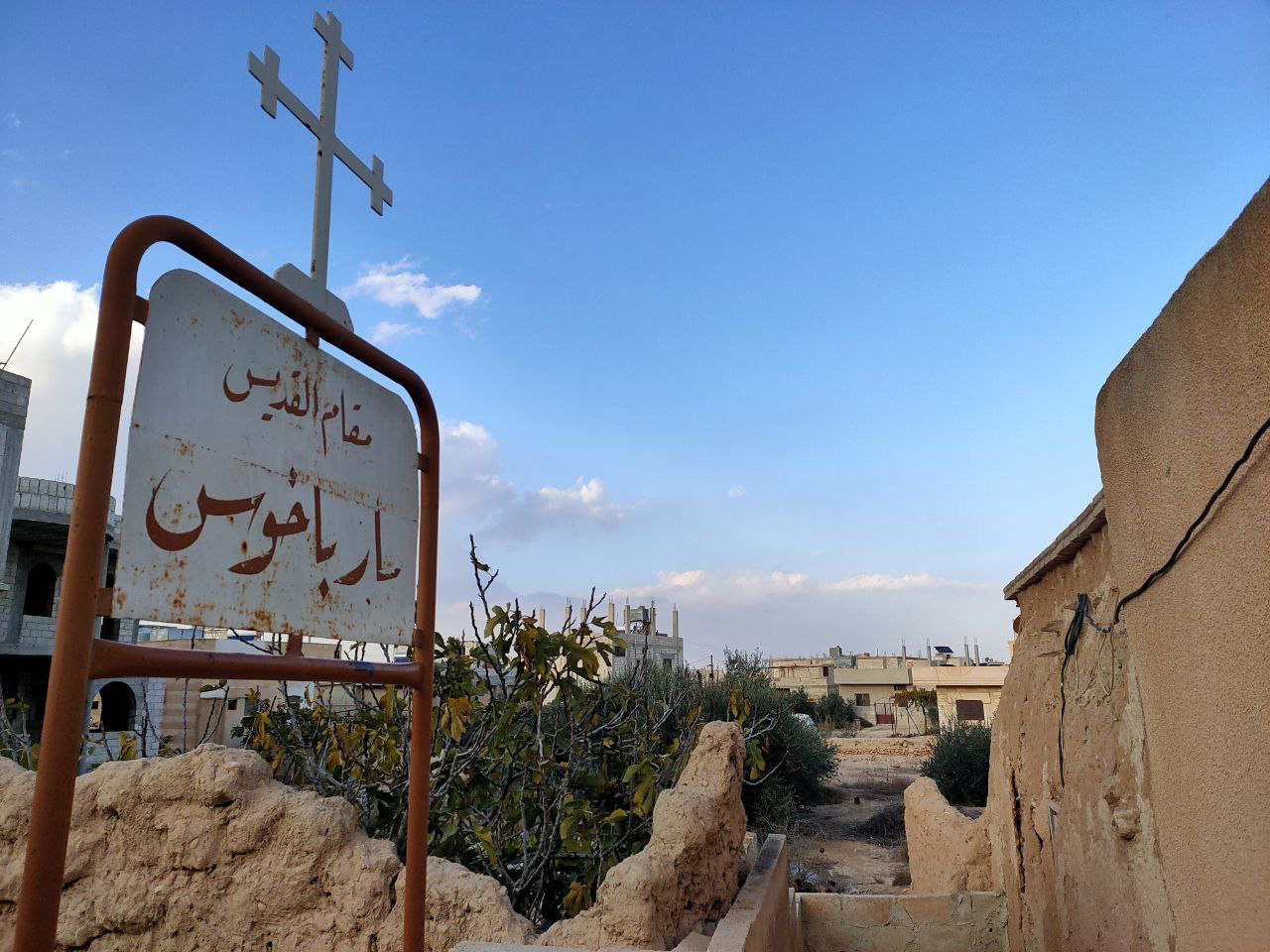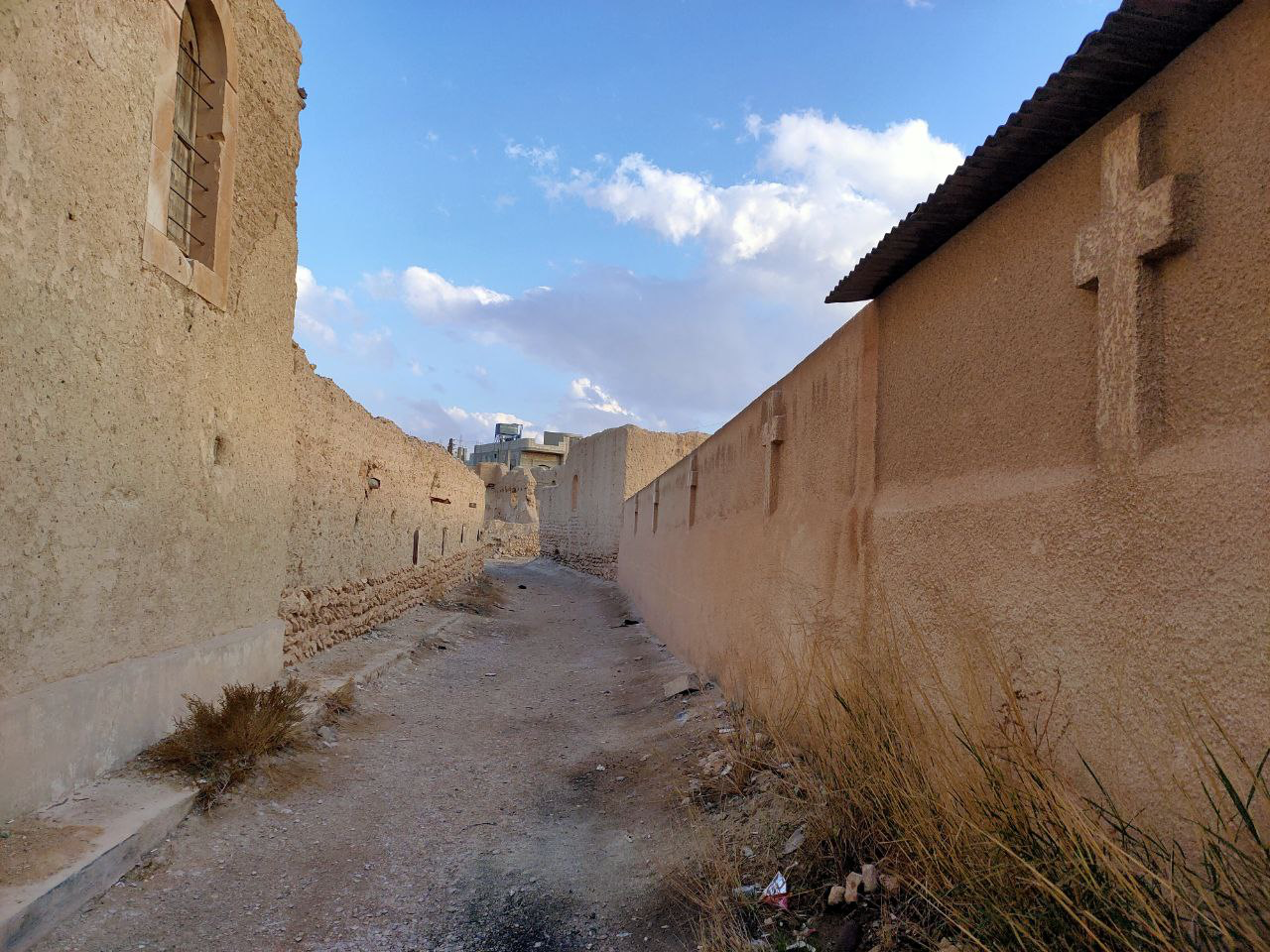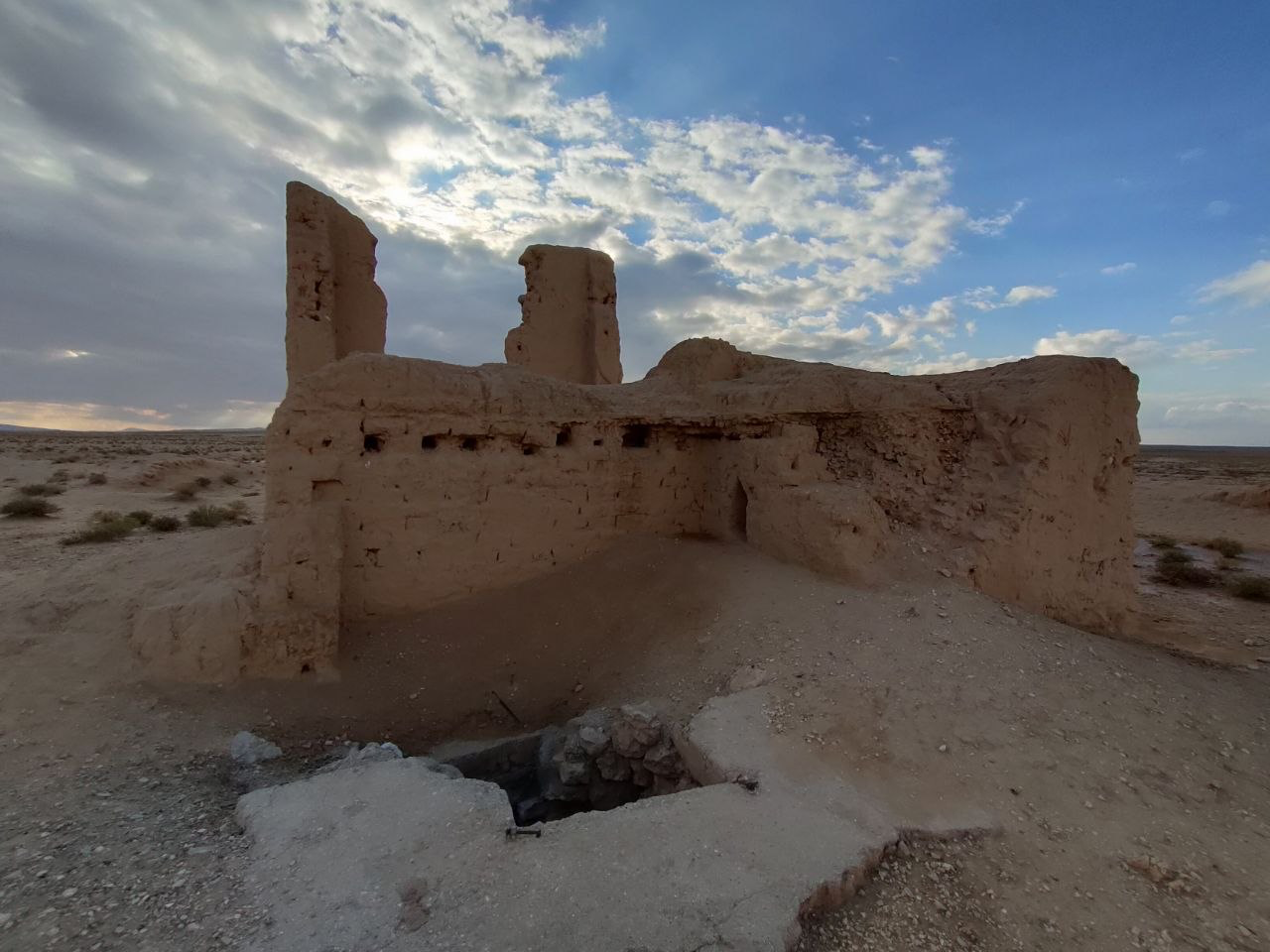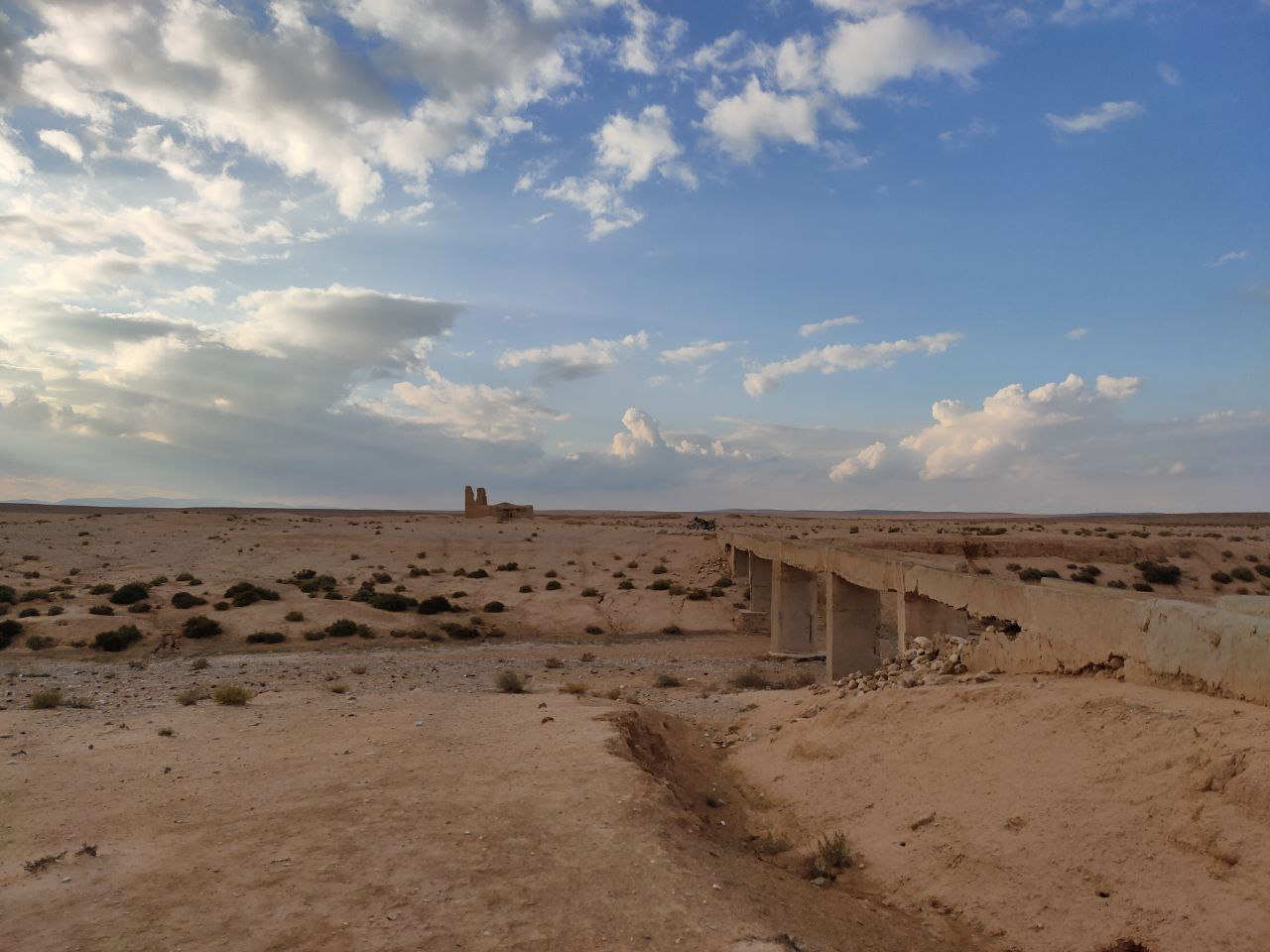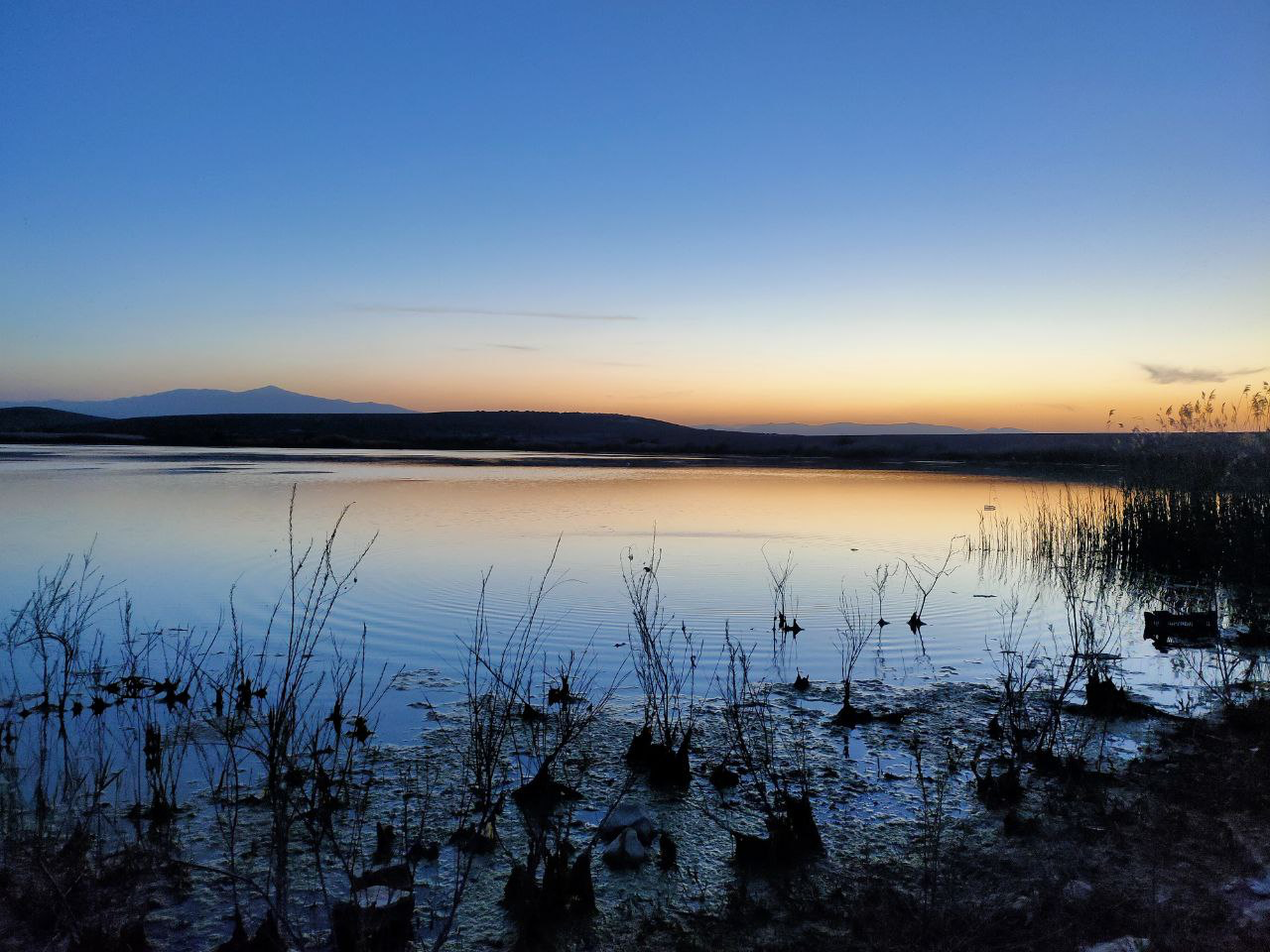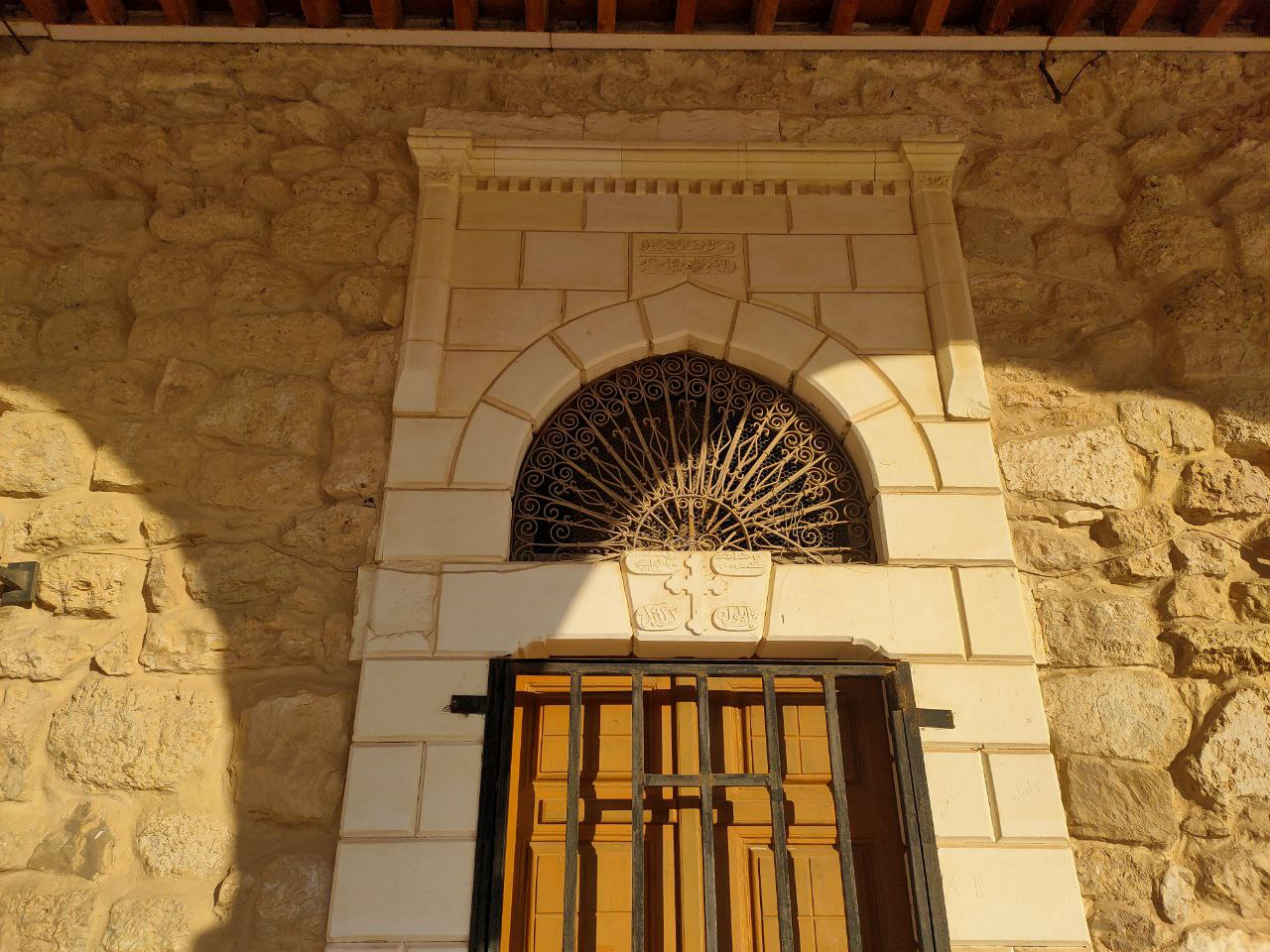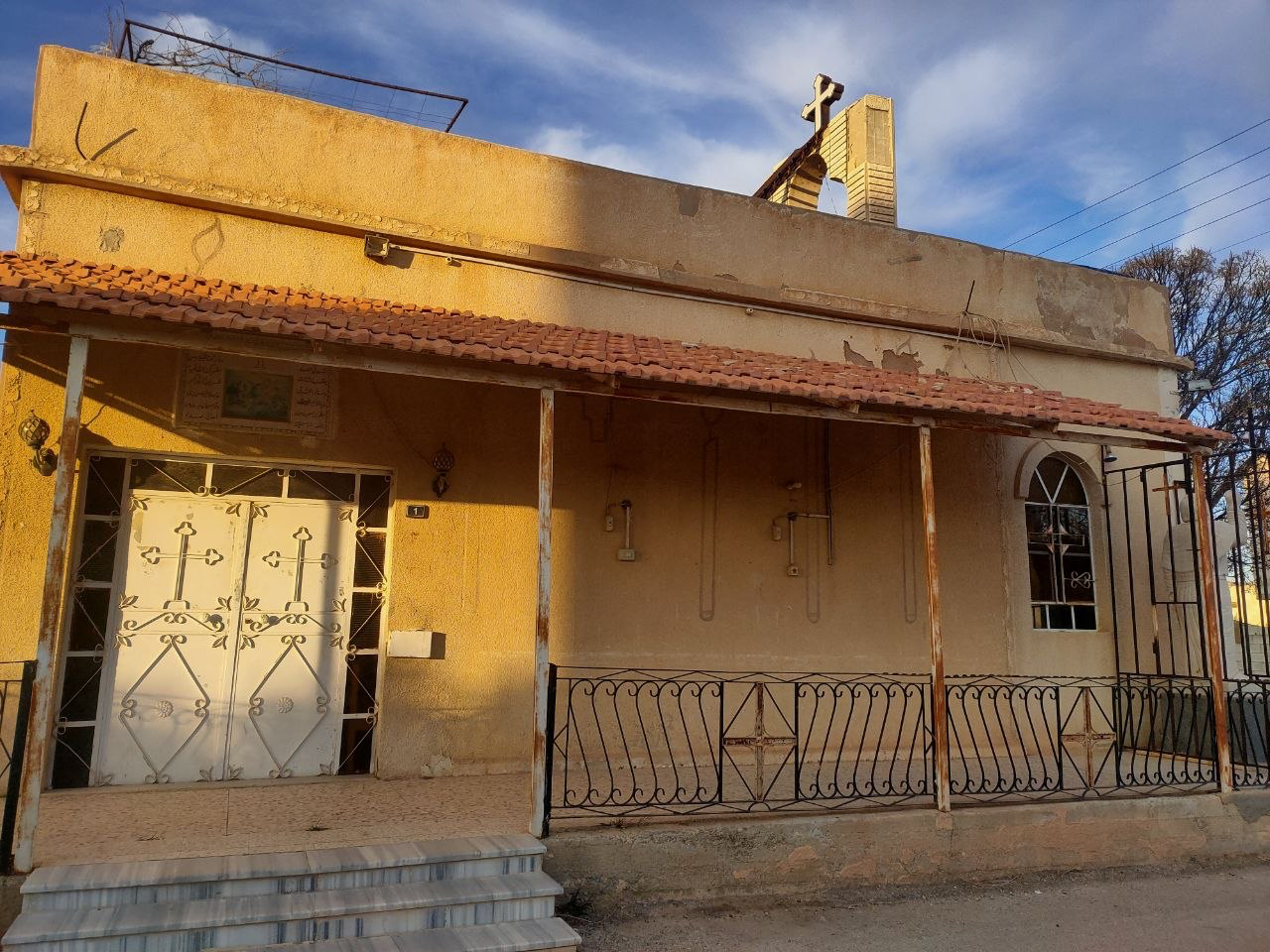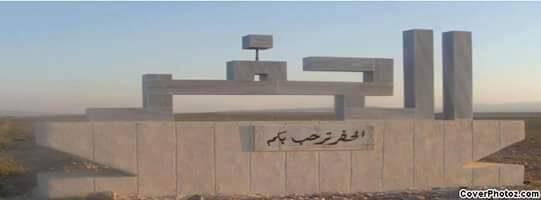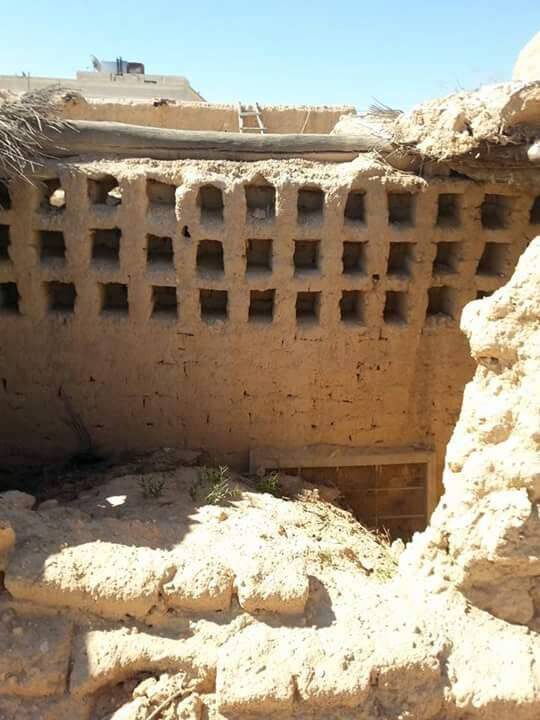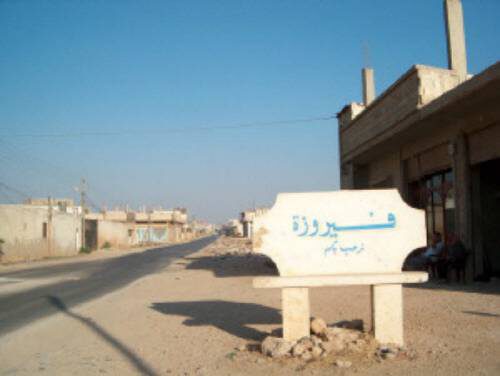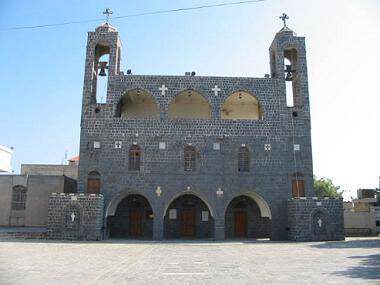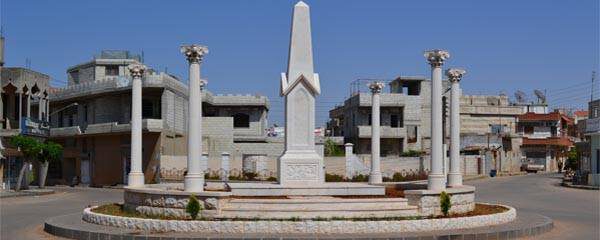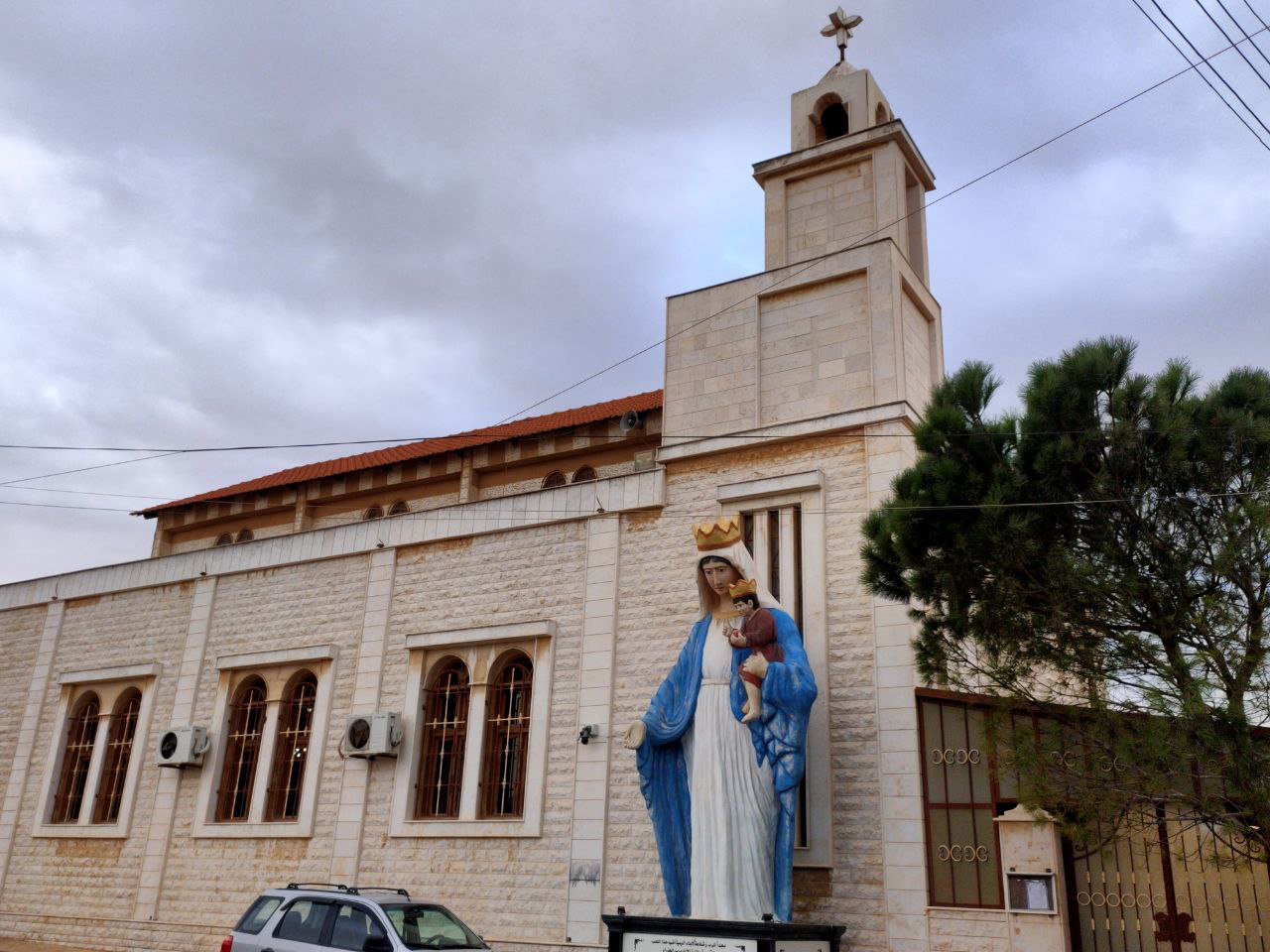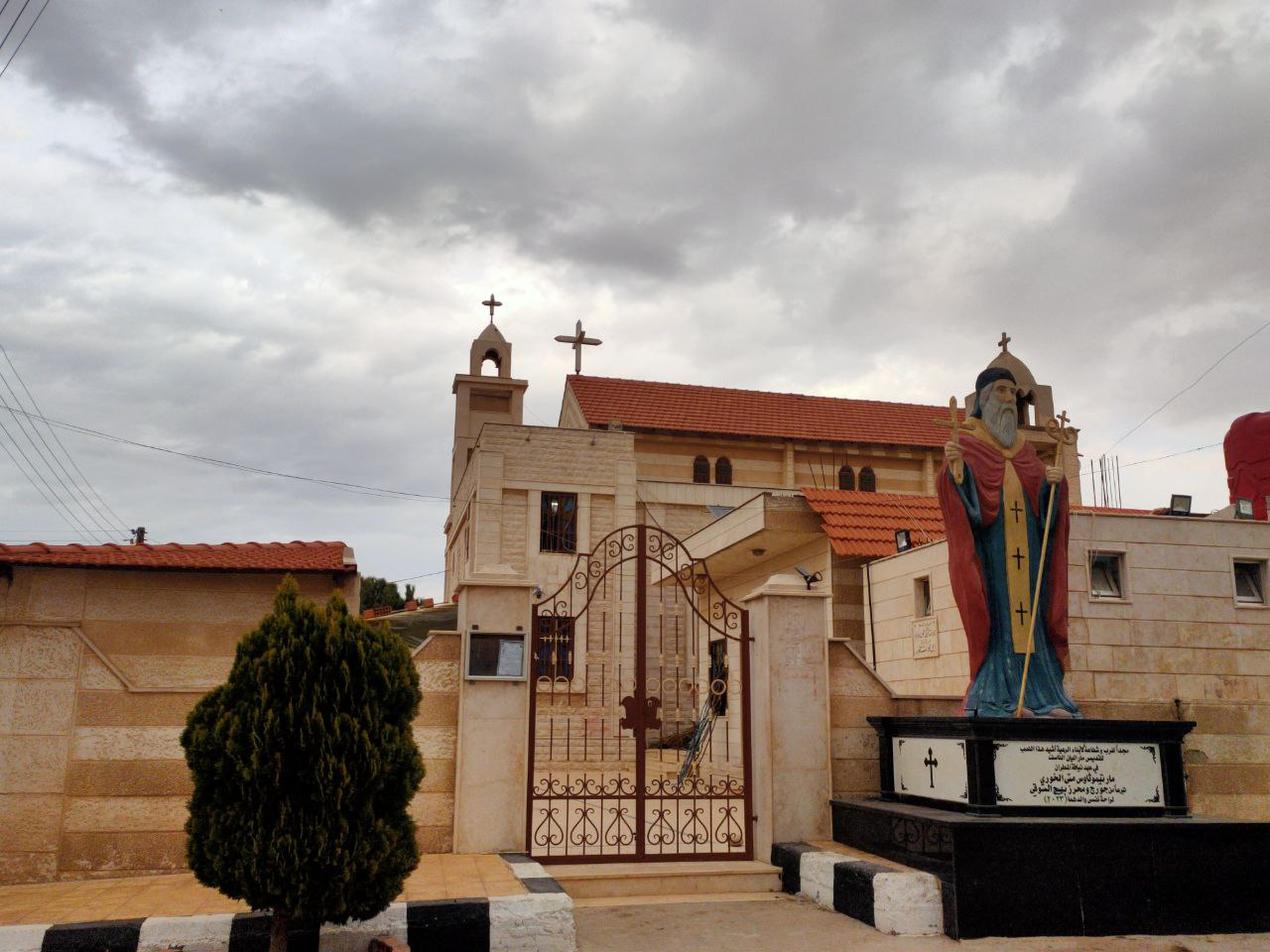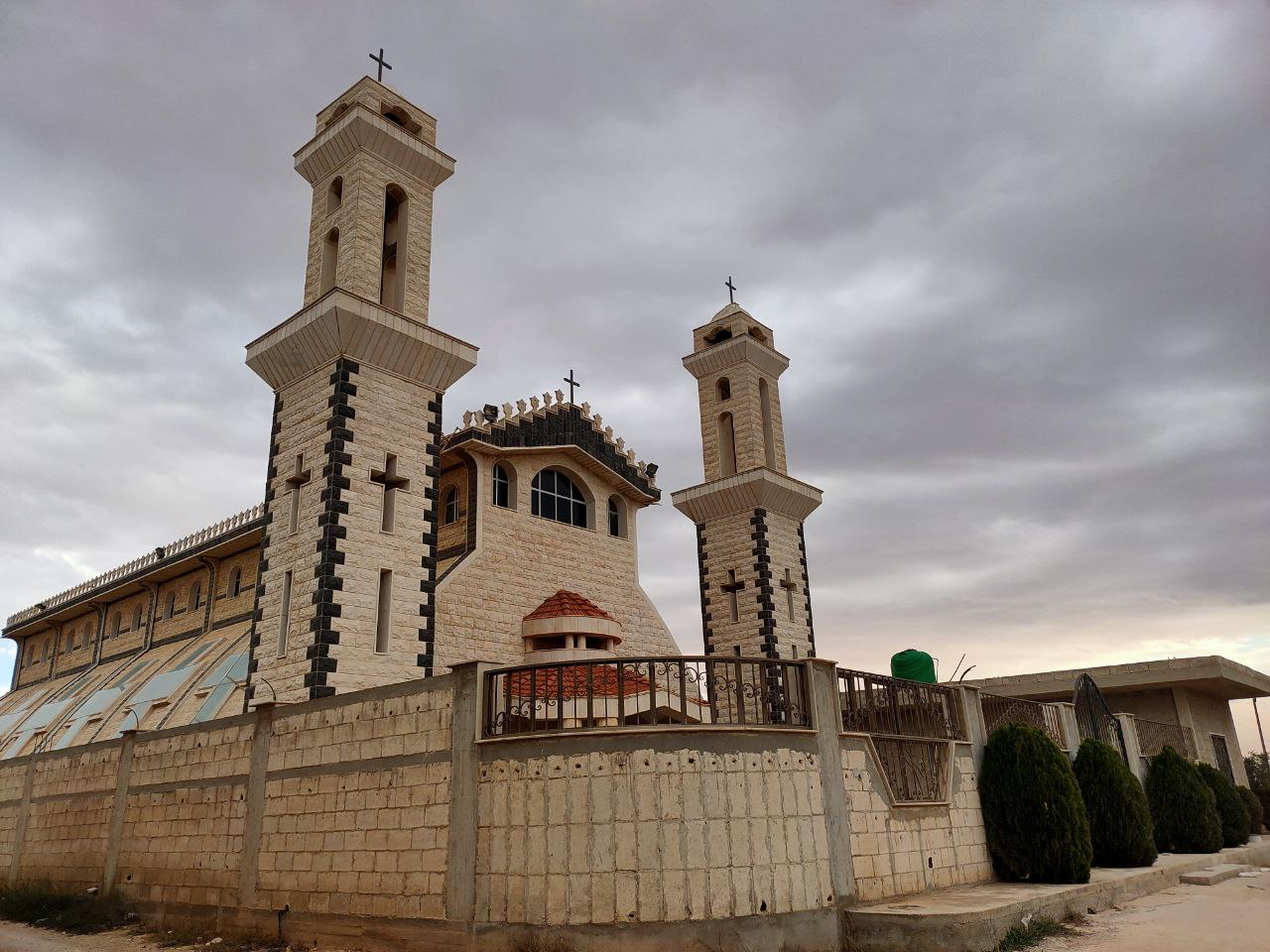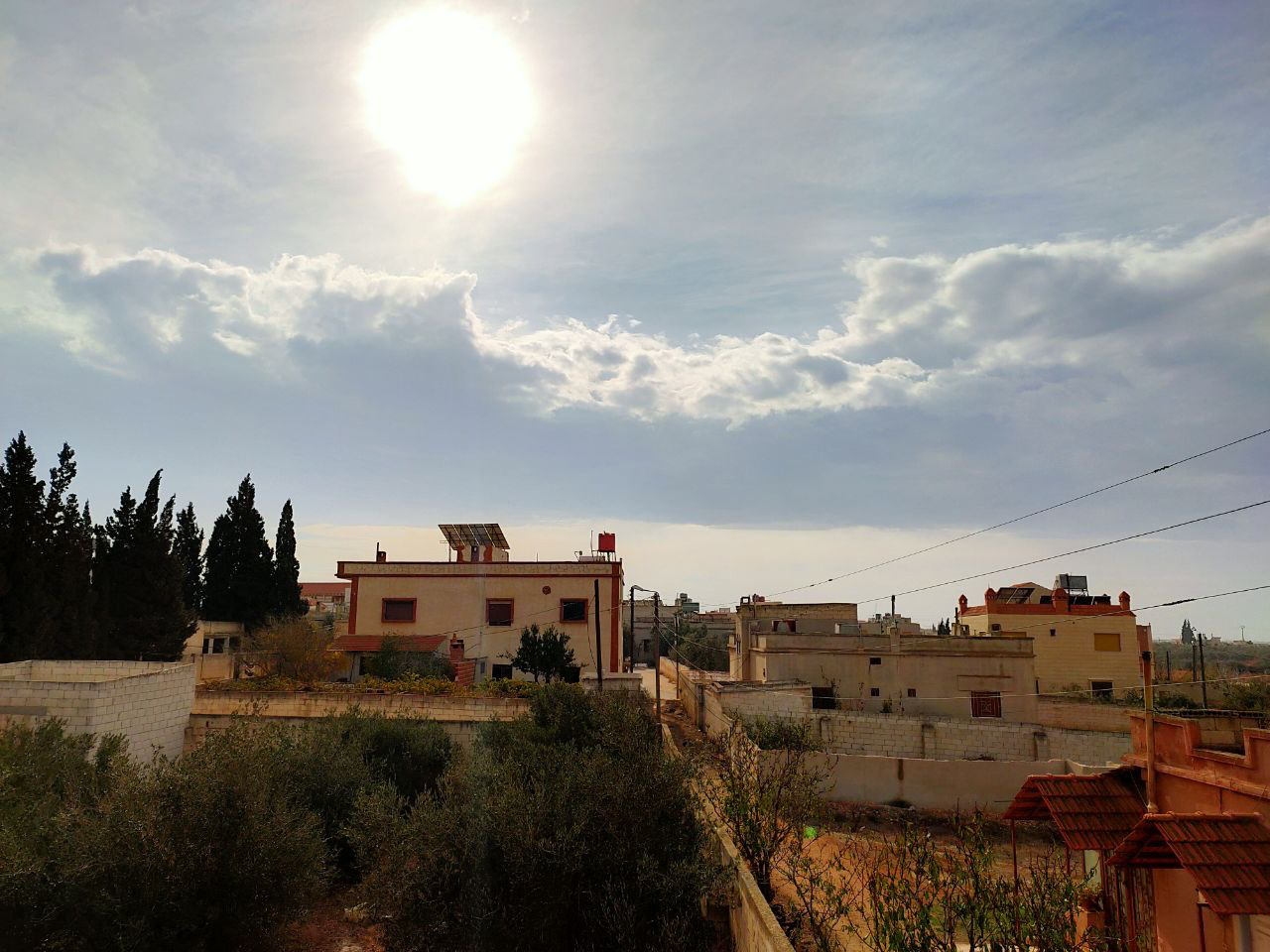Sadad
an ancient village in Syria mentioned twice in the Old Testament on the northeastern boundary of the biblical land of Canaan, the land promised to the Israelites.
It is located 60 kilometers south of Homs and 100 kilometers northeast of Damascus. Archaeological evidence indicates that it was inhabited since ancient times and was within the land of Canaan. In addition, the city was an important station for convoys Commercial
Meaning of the Name
It is believed that the meaning of the name on the side of the mountain is a site that is said to be a tower located on the northern Canaanite border. This is the geographical name of the city. The meaning of the name is said to be the precious gem. Its commercial.
Main sights
It has one of the oldest secondary schools in the Syrian governorates. It was established in 1962. The village is witnessing many recreational and cultural activities, the most important of which is the festival of Al-Arraqa. The festival highlights the village’s landmarks and history. The village also included the remains of the Arab poet Abu Firas al-Hamdani for more than a thousand years until his remains were transferred to the city of Homs.
Historical monuments
The date of the actual date to the second millennium BC The most important archaeological evidence that was found there in the area graves located to the north-west of the Strait, specifically in the area of Amr called the monastery in Syriac, was called the monastery old name (Mar Mama) It was a cathedral in which the bishops of the monks were graduated. The monastery was destroyed in 1715 and a number of stone coffins were found for celebrities and great men who influenced the history of the region.
Archaeological missions were able to uncover a pagan temple dating back to the pre-Christic era of the Aramean god. This temple was located far away from the fields between the fields and the orchards, where it was believed to have been the temple of the fertile goddesses and was built on several stages , The first phase was the construction of the temple, which was a high dome built of large stones and was wide walls take the form of the circle and was later converted to a church, the second phase was built with huge columns and a set of arches, which ultimately form a vaulted stones, while It was the third stage Last through the establishment of a number of arches south of the temple to the north with a wooden roof ends with an opening overlooking the West and is the door of the church, has been built Church of St. George or the Church of the Greens on the ruins of this temple and the church still exists today.
The ground was paved with modern tiling in 1955 and there is a basalt stone on the top of the baptismal stone, with Greek inscriptions written on it, indicating the church’s foot. Perhaps the most beautiful thing in the church is the collection of religious paintings by the archbishop Ibrahim al-Yaziji in the 18th century. Which is intended for tourists and represents some of the religious events and pictures of parents and saints, which are unique drawings of the world.
Another important monument in the area is an ancient Roman tower built to monitor commercial caravans. It is 22 meters high. The tower consisted of several layers and was built of large cubed and huge calcareous stones such as the pyramids, fortresses and fortified towers such as the Damascus wall and Baalbek. Was built of stones and mud through an underground tunnel used to monitor the potential invasion of the town in the past decades and then began to fall due to storms and wind, the raging part of which killed 15 men from the town through repeated incidents and then specifically in 1919 The villagers repaired it The French Mandate government then broke the order and the people had to demolish it for fear of other disasters.
The traveler between Baghdad and Damascus passed through the trees shedding shadows and eating of its fruit and most importantly the channel of the drilling and return to the year 1835 and channel Rahiba and channel Sadad, which was a huge farm with a variety of fruit and a beautiful park, but dried out since 1975 and there are channels that have not been removed and invested After which the channel of Jb Nhaish and Umm Haratin and others, which explains why the spread of the Roman channels in some parts of the village.
Al Hafar
It is located 69 km south-east of Homs and is administratively connected to the town of Sadad, 7 km south
In 1825, a group of people from the village of Sadad attempted to remove a Roman canal located 7 km south of Sadad, where they did so during the day and returned to the night, which lasted for about 4 years until they finally settled in their new town. There are three churches in the village of Al-Hager, namely the Church of St. Bersoum, the Protestant Church and the Catholic Church.
Fairouzeh
It is located about 5 km from the city of Homs and is considered a suburb south-east of Homs, where the area of agricultural land is large compared to other neighboring villages, mostly wood because of lack of water.
Fairouzeh is known as the common among its people of turquoise and the abundance of greenery in its orchards such as grapes, almonds and olives, and the most distinguished by the people of Fairouza is their love for each other and their absolute social harmony as if they were one family cooperate and consult and in fact all uncles and brothers and descendants and there is not one individual He has close relations with the most prominent people and distinguished the ancient Turquoise traditional dress uniform in men, as well as women and children in the same style that the building is similar to everyone and was made houses then mud and roof houses with wood and reeds and mud was one house gathering Several large families are joined by love and strengthen ties between them.
Zaidal
It has an important place among the villages of Homs in Syria. It is one of the largest Christian villages in the province. Zaidel is located to the east of the city of Homs, five kilometers away. It is part of its suburbs and is bordered by the south of Fairouzeh.
Meaning of the Name
The origin of the name is different, but what is said is that the word Zaidel is Zaid’s two sections, the best of God. Zaidan’s interpretation is Zaidan and God is in Greece. Some refer to the name of King Zeid El, who was in this region in the second century BC.
Main sights
The Zeidals built their houses of mud and basalt stones in the beginning at random around the well of the village, separated by winding alleys, and the houses expanded to accommodate the village. The Municipality of Zaidel followed, followed by the organizational chart that organized the construction in the village.
Zaidal has fertile land, especially in its eastern side and all its lands suitable for agriculture with a slight difference between one site and another, the area of its land is estimated at about 5521 hectares. Zaidel’s agriculture depends on grapes, almonds and olives, as well as fruit trees, peaches, and cereals such as wheat, barley, lentils and cumin, and there are also potatoes, bell peppers, tomatoes, eggplants, lettuce and melons.
Homs plant for the manufacture of grapes (race plant), which began work in 1972 of the most important state laboratories in Zaidel, where a large number of engineers Zaidel, which provides the discharge of grapes region, especially salmon grapes. The plant produces the juice and wine of the meamas as well as the brandy.
Education is long-standing in Zaidel as it was the church is the role of this role was science includes the Syriac language and principles of calculation and ecclesiastical assumptions. Zaidel’s schools came out of doctors, pharmacists, engineers, teachers, statesmen and judges who raised her name high. Some of them emigrated to the Americas and succeeded so well that Zaidel has elderly people who speak fluent French and English.
It is worth mentioning that Zaidel is distinguished from all the villages of the Syrian countryside that one inch was never subject to feudalism at a time when many Syrian villages were under feudal rule, and the Zaydlin had honorable positions in confronting the feudal feudalists in their fertile lands.
Fhaylah
It is located south-east of Homs and is 20 km away and its land is planted with almonds, vineyards and olives. There are also elementary, preparatory and secondary schools. There is a municipality and a health center
Maskana (Homs)
It is located south of the city of Homs, 9 km from the city center. According to old books and references, it was founded in 1664 AD

